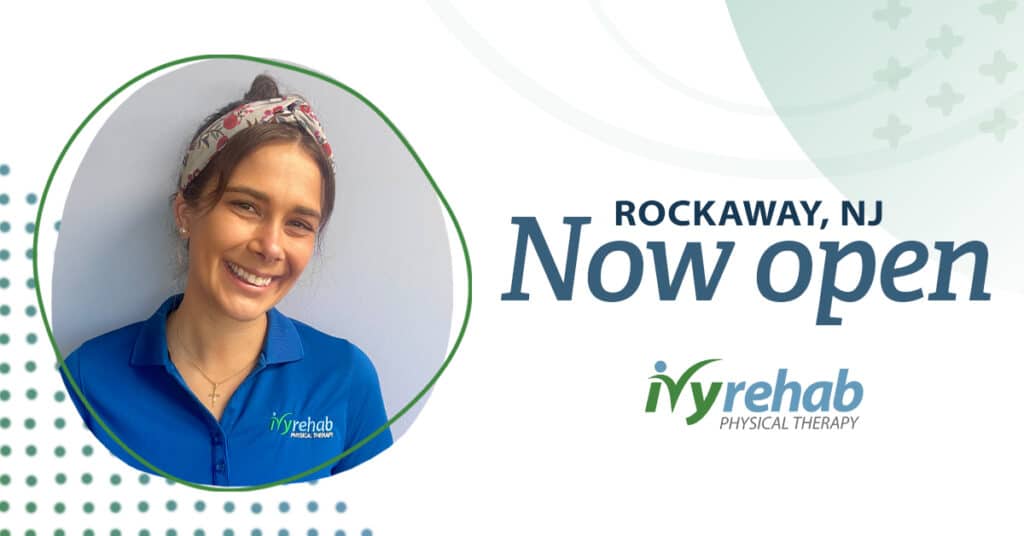Ski season brings fresh snow, blue skies – and, sometimes, a few too many bumps and falls. One of the most common injuries on the slopes? Knee sprains and tears, especially to the MCL (Medial Collateral Ligament) and ACL (Anterior Cruciate Ligament).
But here’s the good news: With a little preparation and the right technique, you can help protect your knees and stay out of the injury tent.
Common Knee Injuries in Skiing
MCL Injuries
The MCL runs along the inside of your knee. It’s especially vulnerable for beginner and intermediate skiers who rely on a snowplow stance to slow down. When your ski tips point toward each other and your weight isn’t evenly balanced, it puts stress on the MCL.
How to prevent MCL injuries:
- Keep your weight balanced while snowplowing
- Stay on terrain that matches your skill level For more information about MCL injury causes and prevention, the American Physical Therapy Association offers a helpful overview.
ACL Injuries
The ACL is located deep inside the knee joint. It connects the thigh bone (femur) to the shin bone (tibia) and helps keep your knee stable during twisting or sudden movements.
ACL injuries often happen when landing from a jump with your weight too far back in the boots. This pressure pushes against your calf and strains the ACL. Another common cause is the “phantom foot” scenario – when you try to stand up mid-fall, your weight shifts to the outside of one ski while your body rotates in the opposite direction. Ouch.
How to prevent ACL injuries:
- Land with your weight forward – start small and build up to more advanced jumps
- Don’t try to catch yourself mid-fall – go with the momentum
- Focus on solid, safe ski technique
You can find additional tips on skiing injury prevention from Stop Sports Injuries, a resource supported by top orthopedic experts.
Prepping for the Slopes: What to Know
You don’t have to be a professional athlete to ski safely – but your body does need to be ready. Skiing uses muscles you may not tap into every day, so taking a few steps before you hit the slopes can make a big difference.
Start Conditioning Early
Get moving 3-4 weeks before your trip with a plan that improves your flexibility, strength, and endurance. Everyone’s fitness level is different, but the goal is to help your body handle the demands of the mountain.
- Flexibility helps your muscles move more easily and reduces strain during awkward movements or falls. Focus on areas like your legs, hips, back and shoulders.
- Strength – especially in your thighs, glutes, and hips – helps with control and technique. Without it, your body has to work harder to stay stable.
- Endurance is key for longer days on the slopes. Cardio activities like swimming, biking, or jogging can help build stamina so you’re not wiped out halfway through the day.
Warm Up, Don’t Rush
Before you click into your skis, do a quick warm-up to get your muscles ready. Light activity like jumping jacks, jogging in place, or a few easy stretches can loosen you up.
Start the day with a few runs on easier slopes to ease in and shake off the morning stiffness. If you’re brushing up on skip slope safety, check out the National Ski Areas Association’s Slope Safety Guide for tips on gear, trail signs, and skier responsibility.
Listen to Your Body
Injuries are more likely to happen when you’re tired – especially later in the day. If you’re just getting back into skiing or still building endurance, consider half-days until your body adjusts.
Take breaks, stay hydrated, eat real meals, and pace yourself. The goal is a fun day – not a fast one.
Need Support? Our Movement Experts Are Her
Whether you’re getting ready for your next trip or bouncing back from a past injury, our licensed physical therapists can help. We specialize in flexibility, strength, and endurance – and we’ll create a plan just for you.
Let’s get you slope-ready. Click here to find location near you and ask about our sports injury screenings.
Article Reviewed by Holly Lookabaugh-Deur, PT, DSc, GCS, CEEAA
Dr. Holly Lookabaugh-Deur is a board-certified geriatric clinical specialist and exercise expert for aging adults with more than 35 years of experience. She is also certified in aquatic and oncology rehabilitation and serves as adjunct faculty at Central Michigan and Grand Valley State Universities.




